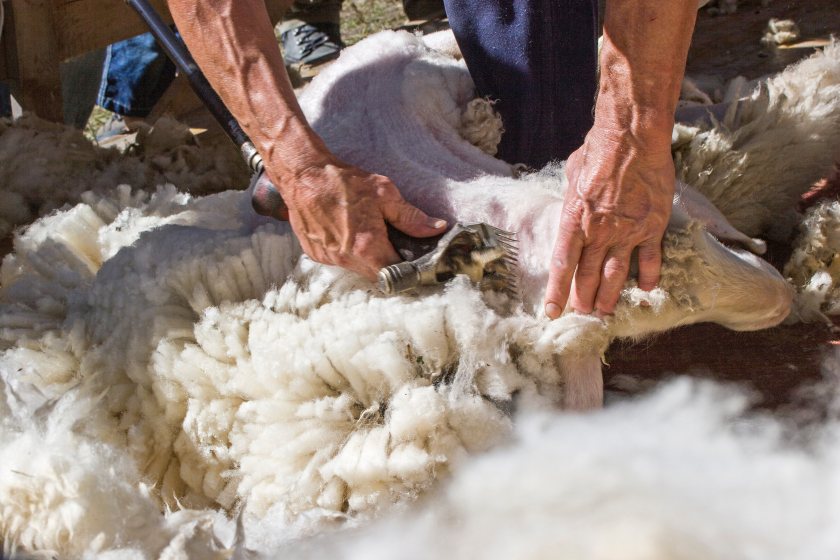
Sheep farmers are being urged to take shared responsibility with shearers to minimise the risk of disease during this year’s shearing season, as new industry guidance is rolled out.
The updated best practice guidelines, published by a coalition of groups including the National Sheep Association (NSA), place fresh emphasis on communication and biosecurity to safeguard flock health.
“It is vital that all involved in shearing ensure they are working at the highest possible standard and following best practice guidelines,” said NSA chief executive Phil Stocker.
A key message from the guidance is that effective biosecurity relies on open communication between farmers and shearers.
“There is a joint responsibility between farmers and shearers,” said Nerys Wright, independent sheep consultant and adviser to the Sustainable Control of Parasites in Sheep (SCOPS).
“If your shearer doesn’t know that your flock has been affected by a contagious disease, such as scab, they may unknowingly spread it.”
Farmers are being advised to be transparent about any known diseases within their flock — including scab, lice, ticks, contagious ovine digital dermatitis (CoDD), or caseous lymphadenitis (CLA) — before shearing begins.
“They might decide to shear your farm last or agree a disinfection plan before they leave,” Ms Wright added.
The guidance warns that disease can spread through contaminated clothing, shearing trailers, equipment, and even shearers themselves.
As such, both farmers and contractors are encouraged to collaborate closely to ensure all kit is properly cleaned and that risks are kept to a minimum.
Farmers are also reminded not to apply pour-on treatments too close to shearing, as this can compromise product effectiveness and increase health risks for shearers and wool handlers.
Before shearing commences, the flock’s health status should be assessed and discussed with shearers, with agreed steps taken to protect animal health.
Shearers are expected to disinfect combs, cutters, and trailers after each job and change clothing and footwear between flocks. Farmers are encouraged to assist with these procedures.
The guidance also recommends shearing younger, fitter sheep first, followed by older or less healthy animals, to reduce the chance of cross-infection.
All individuals handling sheep should observe good hygiene, including frequent handwashing and disinfecting of boots.
If a sheep shows signs of visible infection, such as lesions or lumps, shearers are advised to stop, disinfect equipment, and wash hands before continuing.
